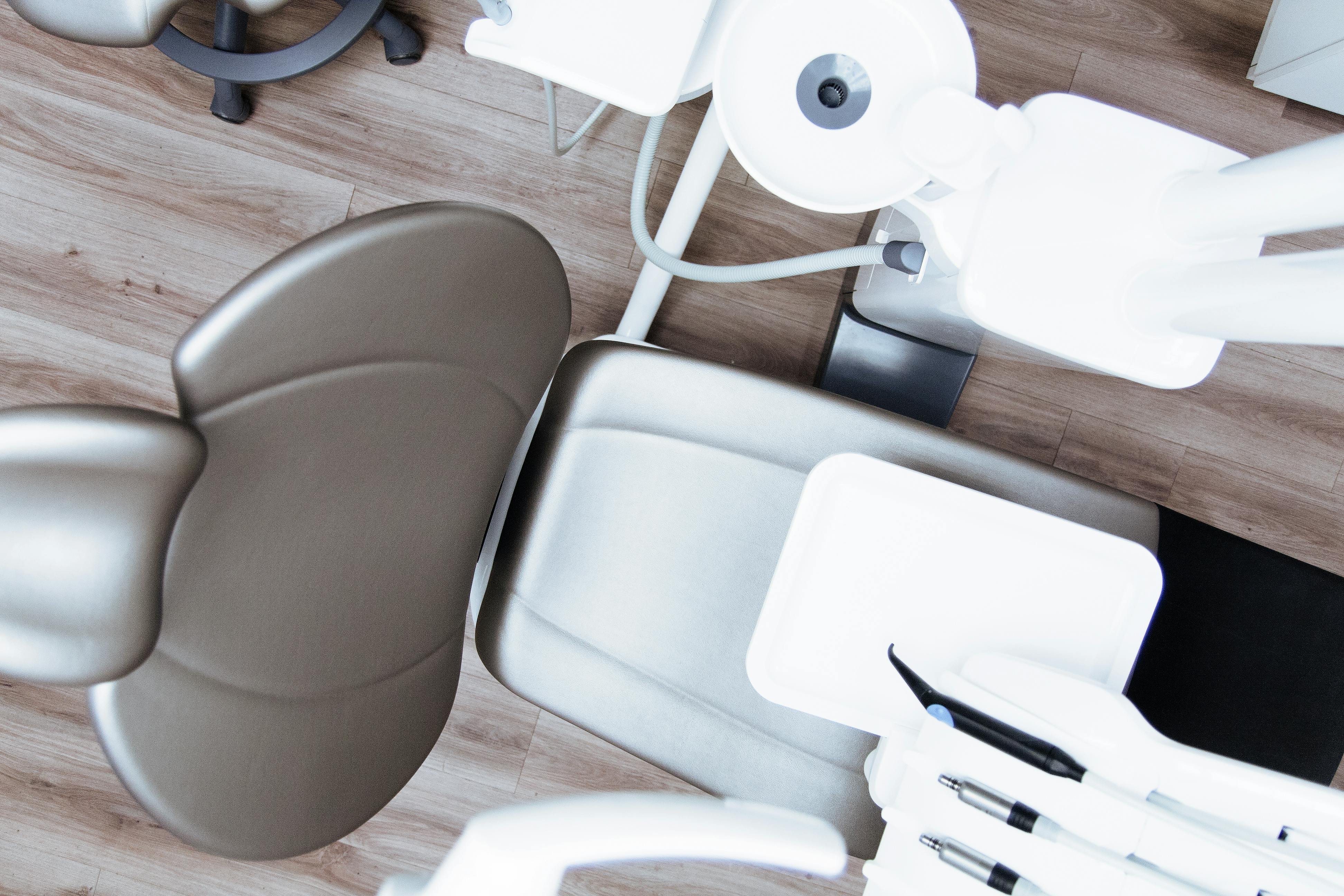It may seem like the most obvious question in the world, but trust me, without at least a basic understanding of the physiology and makeup of this particular muscle group, your goal of ripped, well-defined abs will remain a distant dream.
There are six groups of abdominal muscles, hence the term six pack, and they make up the core abdominal muscles. Your abs start just below your rib cage and work your way down to your pelvic area. On each side of your torso are two pairs of abdominals known as the external and internal obliques. These muscles are there primarily to support side-to-side movement of the spine and forward and backward bending of the spine. Your obliques are absolutely critical in your quest for ripped abs, as they play a key role in developing core strength, but they won’t be part of your visible six-pack as they’re impossible to see.
Now, an extremely important fact to remember when working to develop ripped abs is that although the abs are made up of different muscle groups, the abdominal area is actually a muscle known as the Rectus Abdominus. Therefore, it is physiologically impossible to isolate just one area of your abs completely, because by definition, when you work your abs, you will be working them all. Sometimes you will hear people say “I need to work my lower abs” or something similar. This is simply not possible without working the rest of the muscle group at the same time.
The third and final group of abdominal muscles is known as the transverse abdominal muscles. Again, like the internal and external obliques, they are not visible from the outside, yet they play just as important a role in your plan for ripped abs as the other abdominal muscles. They are primarily responsible for ensuring correct body posture. The best analogy would be to think of your transversus abdominis as your own natural weight belt.
I think it’s vitally important to emphasize at this point how vital strong abs can be. Ripped abs are a wonderful goal to work towards, not only aesthetically, but also because strong, well-defined abs will go a long way toward reducing problems in the future. Weak abdominal muscles will contribute to problems like back pain or any other postural issues. Strong abs will go a long way in reducing your risk of injury when you work out or, in fact, just help build your core strength when doing daily activities.
It is also important to remember that the abdominals are muscles like any other and as such will require a recovery period after a workout. However, the good news is that given their unique fiber composition, they actually require slightly less recovery time than most other major muscle groups. Design your training plan around your ultimate goal, whether it’s just building strength or building impressive abs, and stick to it. Good luck.
Now that you have a basic understanding of the anatomy of the abs, you’ll be better equipped to get ripped abs fast.



